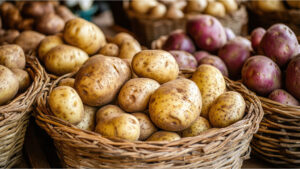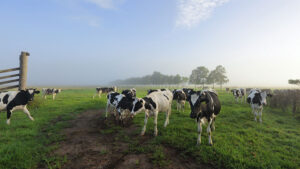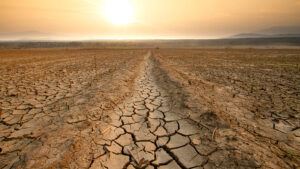Here at IIF, diversity is our middle name. Not literally (literally, it’s Inya), but emotionally.
Members sign up to IIF to diversify their investments (and to support our farmers). Since the first few products we offered members, there’s always been a diverse cross-section of produce. Oysters, bees, cattle, melons, pineapples, ginger and more. We’re not exclusively seeking exotic produce, but if it comes along and it looks like a smart investment for our members, we’ll offer it.
Lately, we’ve been wondering what interesting, and even exotic crops we might find ourselves offering members in the future.
Here then, in no particular order, are a number of crops that are predicted to become more common on our farms in the future.
Saffron
One of the world’s most expensive crops. There are two reasons for its price. Each thread of saffron is the dried stigma of a crocus flower. The flowers and stigma need to be harvested by hand. It takes about 150,000 crocus flowers to yield a kilo of dried saffron.
The good news is that 150,000 crocuses can be grown on just 2000 square metres of land – about 3 suburban blocks.
There are a couple of saffron farms in Australia – in Tasmania and near Orange, NSW. We can expect more in the future.
Giant Bamboo
It wasn’t that long ago that our most common experience with bamboo was garden plantings that often went rogue, sending underground runners into neighbouring properties and even across roads.
Lately, though, in a search for sustainable substitutes for timber, bamboo is appearing as a building material – in flooring, for example – and furniture. Bamboo plates and cutlery are replacing single-use plastic. Bamboo is turned into fabric for bed linen.
There are two further advantages to bamboo. It’s fast-growing – according to the Guinness Book of Records, up to a metre a day. And it’s a great absorber of carbon, making it the environment’s friend. As you’d expect, bamboo grows best in tropical climates, so anywhere from northern New South Wales to Cape York.
Seaweed
Seaweed farming is the fastest-growing aquaculture sector. You know seaweed from sushi. You might not know that it’s also used in cosmetics, animal feed, fertiliser, biofuels and wastewater treatment.
Scientists are especially interested in seaweed’s ability to remove greenhouse gases from the ocean. It absorbs 20% more carbon than it produces. It reduces nitrogen and phosphorus (which cause algae). It produces 70% more oxygen than trees do.
Seaweed contains numerous antioxidants that help keep our body’s organs young., and a host of vitamins and minerals. It provides fibre for gut health. And research suggests it might even reduce the risk of heart disease – the leading cause of death worldwide.
A country like Australia is an ideal place for seaweed farming. We have 34,000 kilometres of coastline. Less than 4% of our land is considered arable. Because seaweed grows vertically on long lines suspended in the ocean, farmers can produce a lot of seaweed in a small area.
AgriFutures Australia foresees a seaweed industry worth AU$1.5 billion, employing 9,000 people, and reducing our greenhouse gas emissions by 20%.
The first commercial ocean seaweed farms are close to becoming reality.
Crickets, locusts and corn smut
For most of us Australians, the only experience we’ve had eating insects was when a fly flew in our open mouths. However, insects have long been an important part of the diets of many people around the world.
Nutritionists and environmentalists might encourage us to eat more bugs, but it will be a little while before we’re sitting down to a dish of fried locusts or huitlacoche (corn smut).
However, if a market develops and farmers take up the challenge, don’t be shocked to see them listed amongst IIF opportunities down the track.




